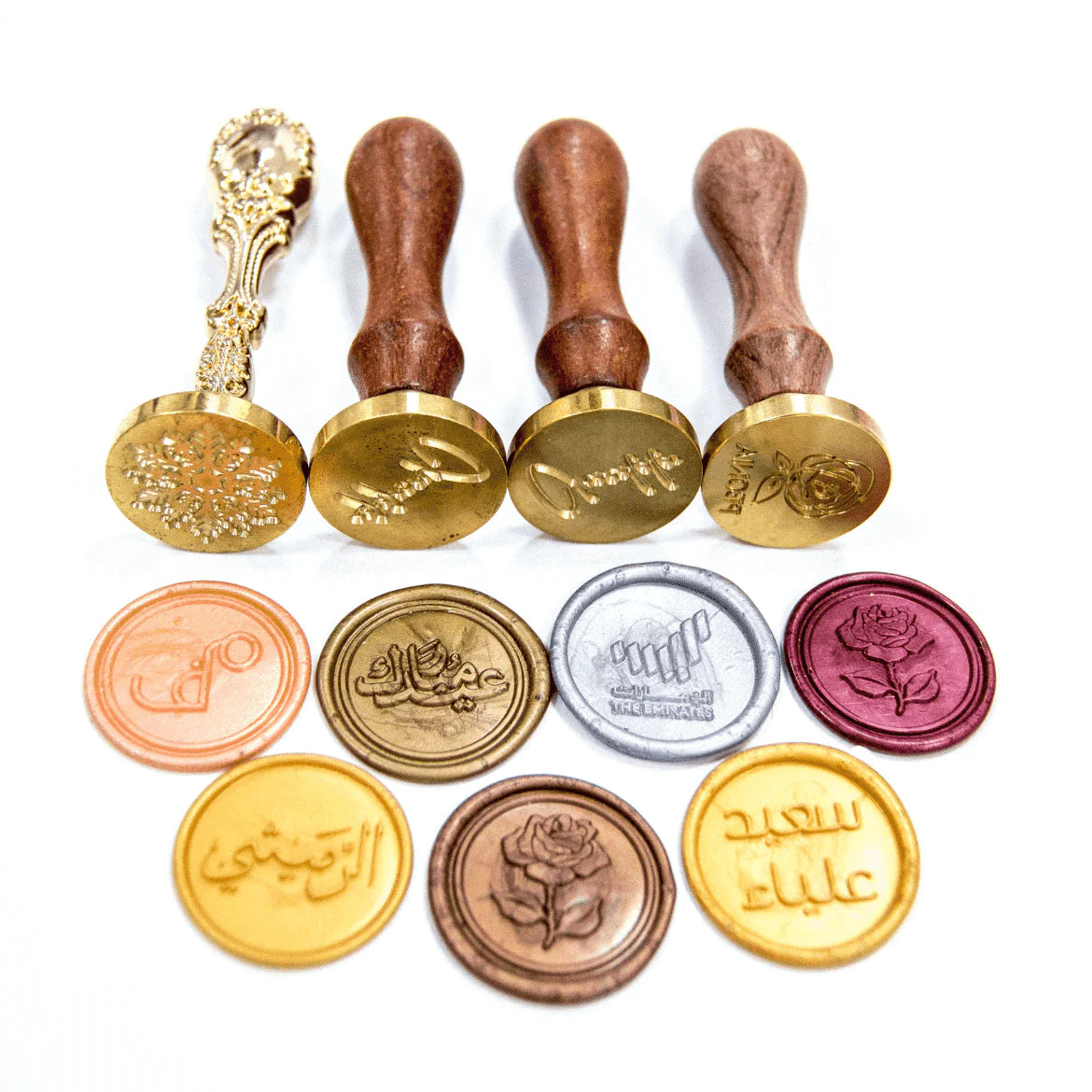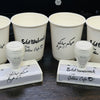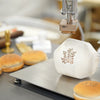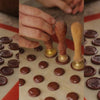Unveiling the Timeless Elegance of Wax Stamps: A Symbolic Journey Through History

Introduction
In a world dominated by digital communication and mass-produced goods, there's a certain allure to the age-old art of wax sealing. The wax stamp, a timeless symbol of sophistication and tradition, has gracefully withstood the test of time. Let's embark on a journey through history, exploring the origins, evolution, and enduring charm of the wax stamp.
Ancient Roots: Birth of the Wax Seal
The story of wax seals dates back to ancient civilizations, where they were used as a mark of authenticity and authority. The Egyptians are believed to have been among the first to employ wax seals, using them to secure papyrus scrolls. The practice spread to other cultures, including the Greeks and Romans, who utilized wax seals on official documents and personal correspondence.
Medieval Majesty: Seals as Symbols of Prestige
During the medieval period, wax seals gained prominence as symbols of prestige and authority. Nobles and monarchs utilized intricate wax seals to authenticate their edicts, charters, and private correspondence. The seals, often crafted from noble metals, bore intricate family crests, coats of arms, or personal monograms, adding a touch of regality to the documents they adorned.
Artistry in Wax: Crafting the Perfect Seal
As the use of wax seals expanded, so did the artistry involved in crafting them. Skilled artisans, known as seal engravers, meticulously carved intricate designs onto metal stamps. These stamps, typically made from materials like brass or silver, were then used to impress the design onto a blob of molten wax. The result was a beautifully detailed and unique seal, each a work of art in its own right.
Symbolism and Significance: Beyond the Surface
Wax seals were not just decorative; they held deep symbolic meaning. The act of sealing a document with wax was a deliberate and ceremonious gesture. It signified the authenticity of the sender, the importance of the message, and often carried a personal touch. The color of the wax and the choice of emblem conveyed subtle messages, adding layers of meaning to the sealed document.
The Renaissance and the Wax Seal Revival
The Renaissance witnessed a resurgence of interest in classical art and traditions, and the wax seal experienced a revival. Not only were seals used for official purposes, but they also became a popular form of personal expression. Wax seals adorned personal letters, invitations, and even served as a mark of affection on love letters. The Renaissance saw an explosion of creativity in seal designs, with elaborate motifs and intricate patterns becoming the hallmark of the era.
Wax Seals in the Age of Enlightenment
As the world transitioned into the Age of Enlightenment, the wax seal continued to be an integral part of societal norms. However, advancements in printing technology began to diminish the prevalence of hand-sealed documents. Despite this, the wax seal retained its allure, becoming a symbol of tradition and nostalgia.
Resurgence in the Modern Era: From Tradition to Trend
In recent years, the wax seal has experienced a renaissance of its own. In an era dominated by emails and digital signatures, individuals and businesses are rediscovering the charm of the tangible and the personal. Wedding invitations, corporate documents, and even artisanal products now often bear the distinguished mark of a wax seal, adding a touch of old-world charm to the modern age.
Wax Seals in Contemporary Culture: A Touch of Elegance
The wax seal has transcended its traditional role and found a place in contemporary culture. Beyond its functional use, the wax seal has become a symbol of craftsmanship, individuality, and attention to detail. Artisans and designers are incorporating wax seals into various products, from packaging to stationery, embracing the unique and tactile nature of this ancient art form.
The Ritual of Wax Sealing: An Experience to Cherish
In an age of instant communication, the act of sealing a letter with wax has become a cherished ritual. Whether it's a handwritten note to a loved one or an official document, the wax seal adds a sense of ceremony and importance to the message. The tactile nature of breaking a wax seal, unveiling the contents within, creates a unique and memorable experience.
Preserving Tradition: The Future of Wax Seals
As we navigate the digital landscape, there's a growing appreciation for preserving traditional arts and crafts. The wax seal, with its rich history and timeless elegance, seems poised to endure. From custom-made stamps to artisanal wax blends, enthusiasts are finding new ways to keep the tradition alive. The wax seal is not just a relic of the past; it's a symbol of enduring craftsmanship and a connection to a bygone era.
Conclusion
The wax stamp, with its roots deeply embedded in the annals of history, continues to captivate hearts in the modern world. Its journey from ancient civilizations to contemporary culture is a testament to its enduring charm and symbolic significance. As we embrace the digital age, the wax seal stands as a timeless reminder of the beauty found in tradition, craftsmanship, and the tangible expressions of human connection.





